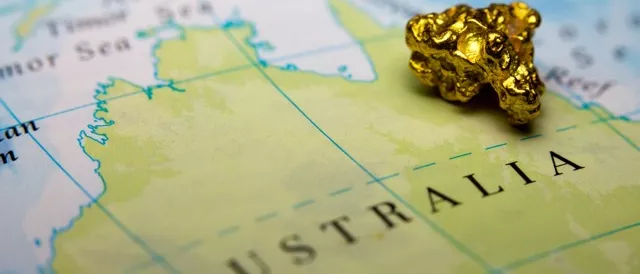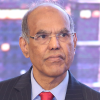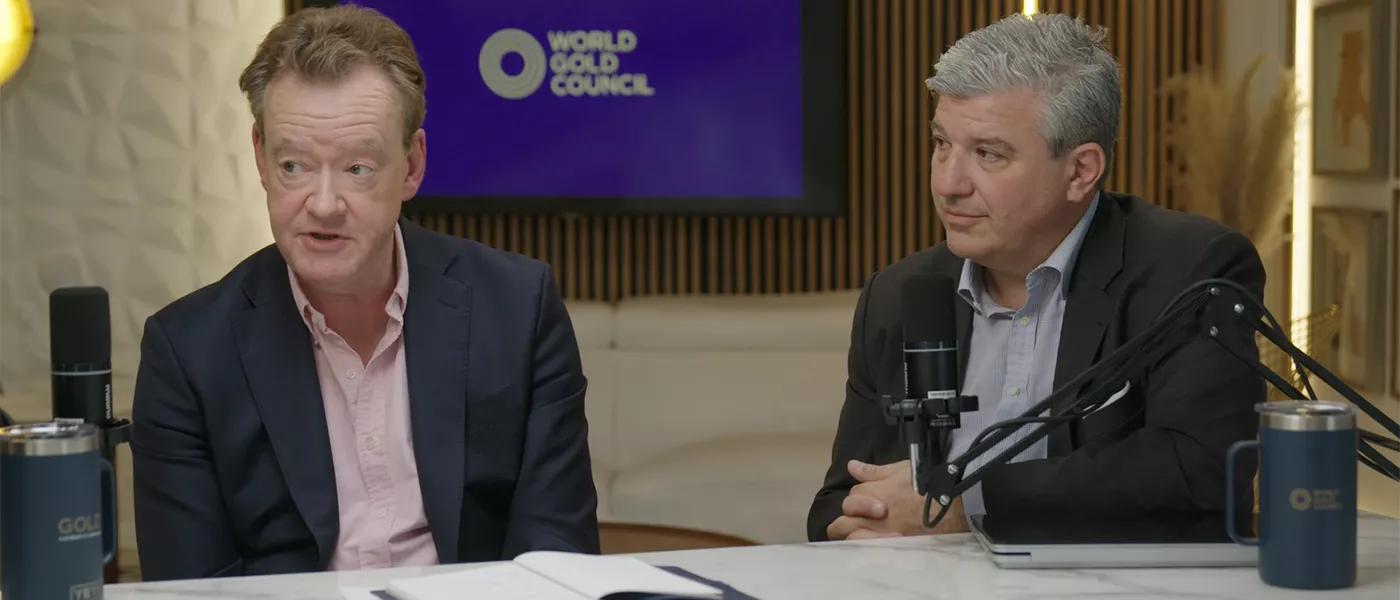Joseph Cavatoni
Senior Market Strategist, North America World Gold CouncilPhysically-backed gold ETFs do not lend their gold
Traders and speculators often borrow shares of such a gold-backed ETF through standard securities lending relationships, which involve the ETF’s shareholders, and do not involve the London gold lease market, or the trust, itself.
Krishan Gopaul
Senior Analyst, EMEA World Gold CouncilMarissa Salim
Senior Research Lead, APAC World Gold CouncilCentral bank gold statistics December 2024
Ray Jia
Research Head, China World Gold CouncilMarissa Salim
Senior Research Lead, APAC World Gold CouncilGold to keep lifting Australian portfolios in 2025

Kavita Chacko
Research Head, India World Gold CouncilIndia gold market update: Gold outpaces other asset classes
Even with a price moderation in November and December, gold surpasses other key asset classes to lead returns in 2024. Jewellery demand slowed amid high prices and an inauspicious period on the Hindu calendar.
Ray Jia
Research Head, China World Gold CouncilChina's gold market update: Seasonal strength in December
China’s wholesale gold demand sees a seasonal rebound in December yet the 2024 total remains weaker than 2023. Meanwhile, gold ETFs experienced unprecedented inflows in 2024. And China’s official gold holdings have increased two months in a row now, ending the year with reported gold purchases of 44t.
Krishan Gopaul
Senior Analyst, EMEA World Gold CouncilCentral bank gold statistics: November 2024
Based on available reported data, central banks bought a net 53t in November. The National Bank of Poland (21t) was the biggest buyer, while the People's Bank of China reported its first addition (5t) since April.
Taylor Burnette
Research Lead, Americas World Gold CouncilGold’s 2024 performance best in 14 years
Unearthed Podcast
World Gold CouncilUnearthed: Artisanal Gold Mining, ft. Jean Martineau, Dynacor

Marissa Salim
Senior Research Lead, APAC World Gold CouncilCentral Bank Gold Statistics: October 2024
Central banks reported 47t of net purchases this month – the highest amount recorded y-t-d. The Central Bank of Turkey led the field, adding 17t of gold to its reserves, followed by India and Poland – 14t and 8t respectively.
Unearthed Podcast
World Gold CouncilUnearthed: Digging deep into China’s new economic stimulus package ft. Professor Hao Zhou

Louise Street
Senior Markets Analyst World Gold CouncilTrevor Keel
Consultant World Gold CouncilYou asked, we answered: How important is AI for gold demand?

With gold being a vital component of many of today's electronic devices, we look at the growth of Artificial Intelligence as an important emerging area of demand.
Kavita Chacko
Research Head, India World Gold CouncilIndia’s gold market update: Festive buying holds ground in the face of high prices
Despite record-high prices Diwali gold demand was healthy, with strong sales driven by investment appeal. Indian gold ETFs continue to attract strong interest from investors, with October seeing the largest inflows on record. The Reserve Bank of India (RBI) has purchased 64t of gold to date this year, making it the second highest annual purchase on record. Uptick in gold imports in October.
Unearthed Podcast
World Gold CouncilUnearthed: Gold responds to the Fed's rate cut, US election and China stimulus

Ray Jia
Research Head, China World Gold CouncilChina’s gold market in October: unseen price records bring unprecedented gold ETF inflows
The local gold price’s unprecedent surge and amplified equity market volatilities helped Chinese gold ETFs attract their largest monthly inflow eve. China’s wholesale gold demand continued to exhibit seasonal patterns, witnessing a mild fall m/m yet remaining well below the long- term average. The stabilizing gold price, seasonality and positive impact from various stimulus may bode well for gold consumption in coming months.
Johan Palmberg
Senior Quantitative Analyst World Gold CouncilLet's Tally the Rally
Delaying our Gold Market Commentary until after the possibly volatility-inducing US election, we instead take stock of some interesting statistics regarding October's and the year-to-date stellar run-up in gold prices.






























































